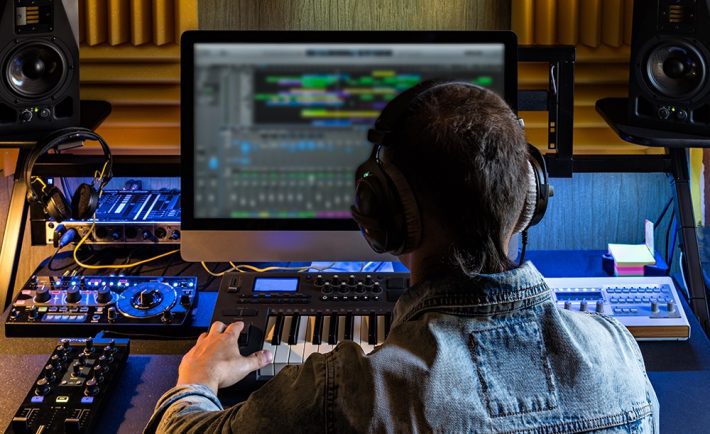
There are different audio equipment types that you can use to record, process, and reproduce sound. With the right audio equipment, you get to perform different purposes as you strive to create exciting and captivating audio.
But first, it’s essential to understand the different audio equipment types before you decide which one to buy for sound production. However, making this decision might not be as straightforward as you might think. Fortunately, there are a lot of websites and brands, such as Audio Precision, to take you through the various types of audio equipment and be better placed to know which one will best serve your needs. Whether you want heavy-duty amplifiers for professional usage or a loop pedal for beginners, there are so many to choose from, so knowing what to look for and their benefits is essential to make the right choice.
To get you started, here are different types of audio equipment and their benefits:
Audio Analyzers

This equipment is used to measure the phase correlation, frequency response attributes, reverb time, and SP values. You can also use it to check a gadget’s polarity as well as check for basic signal continuity when assessing the equipment or room for any deficiency.
With Audio Precision audio analyzers, you get to enjoy several benefits of this equipment, such as:
- Ability to do higher and multi-functional audio measurements
- Allows you to characterize and determine the quality of audio
- With a greater bandwidth that reaches 1.5MHz, it analyzes with high precision the audio signal analysis
- Carry out automatic tests to simplify the testing surrounding as well as the in-built test sequence
- Measuring devices that exhibit low distortion levels of less than 110 dB
Microphones

The microphone is, without a doubt, one of the oldest audio equipment that hasn’t changed a lot. Nonetheless, they’re essential sound equipment that you should always consider buying when planning to open a studio and need different kinds of audio equipment.
Here are the different types of microphones that you should consider:
- Handheld Microphones: These microphones are ideal for creating an ambiance as they pick up the surrounding sounds. They’re usually used on-stage performances, infomercials, by news anchors and talent shows.
- Dynamic Microphones: These kinds of microphones are the perfect choice when you are recording sounds in a noisy environment. This is the reason they’re a popular pick for artists during live performance shows.
- Shotgun Microphones: This microphone is handled by a boom operator and is among the most popular audio tools used when recording sound in videos and films. Thanks to its directionality and shape that prevents it from picking up the excess environmental sounds, it does a superb job collecting specific sounds.
The best thing with this microphone is that you can closely observe its ranging frequencies and the versatility that allows you to use it anywhere. This microphone is positioned either below or above the actor so that it can pick the dialog and is neither linked to the subject nor a camera.
Moreover, it features windshield accessories that are positioned securely over the microphone, including the “dead cat” and “blimp” that help minimize sound distortion.
- Lavalier Microphones: When the person talking into the mic is in constant motion, the lavalier microphones are the ones to be used. Also known as a lav, these microphones are fastened on your costume, thereby giving you a better degree of movement.
Nonetheless, it has two main drawbacks: an inferior frequency balance compared to other microphones that somewhat distorts the audio quality and poor battery life. Therefore, this microphone should ideally be used alongside a windscreen to stop any frequency distortion.
- Built-In Microphones: Thismicrophone comes installed on a camera. Its sound quality isn’t the best as it picks up all the sounds in the surrounding, and whereas this is great for creating ambiance, the speaker ends up not sounding very clear. The same is experienced across the different in-built cameras across a broad range of cameras.
Digital Audio Workstation

The Digital Audio Workstation (DAW) is the primary software used during recording, creating, and edition audio files.
The original design of the DAW was meant to resemble the feel and look of an analog mixing board, and its visual appearance hasn’t changed a lot. It also plays an essential role in the production of electronic music.
There are numerous DAWs on the market for you to choose from with the ideal one a matter of personal preference, but they all incorporate some standard features. These traits include filtering, tempo or pitch modification, and multitrack recording.
There are different DAW options, and one of the most popular DAW used by most music enthusiasts is Pro Tools, FL Studio, Ableton, and Logic. It would be best if you first considered what you wish to achieve with the audio to know which option to choose.
For example, if you’re searching for a DAW that offers you loops that are extremely intuitive and has a simple interface, then FL Studio is a perfect choice. FL Studio, however, cannot record instrumentation directly other than MIDI instruments and has no audio clips.
When looking for a DAW option that allows you to match tempos automatically between different clips and audio loops, and faster to use when making simple compositions, then look no further than Ableton.
Preamplifier
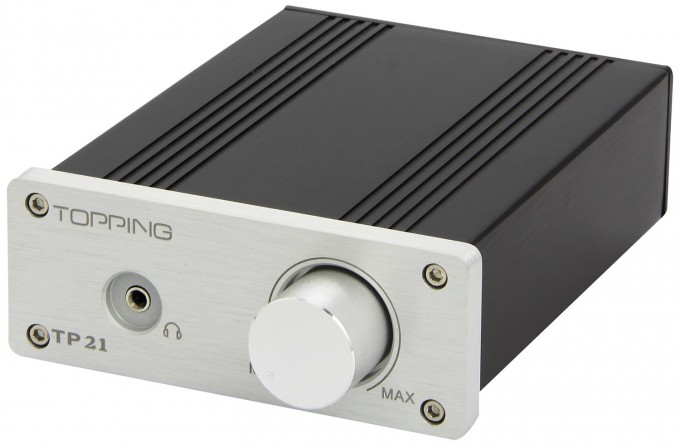
A preamplifier is an electronic equipment that boosts the strength of a weak electrical signal to become a lot stronger. It’s also popularly referred to as preamp and is a vital audio equipment in the recording of sound.
The reason for this is that the preamp effectively avoids noise interference during sound recording, thereby improving the quality of sound. For instance, the use of a preamplifier clears any noise distortion present from a recording done using a microphone, which usually generates a weak electrical signal.
The current preamps incorporate a switch that allows you to change from the microphone signal option and the line. This is usually the source of the audio, with the line signal generated by the playback gadget or the sound mixer console. The subsequent doesn’t need a lot of amplification because the audio, in most cases, is clear and strong. This is significantly better compared to the sound quality produced by microphones, which need an extra boost.
While amplification is vital during the recording of sound, you should take note of the audio levels whenever you use the preamp to prevent clipping. You should always have this in mind whenever you use your preamplifier to boost the audio signal. If you fail to do this, then clipping may be necessary since the clipping point, which is the highest level of loudness, has been reached.
Therefore, to get a clean and powerful sound signal using your preamp, make sure to maintain the difference between the desired signal and ambient noise is a minimum of 18 decibels.
Headphones

There are different types of headphones – gaming, consumer, and studio headphones.
If you want headphones to be used for professional work, you should go for professional headphones as they can be tuned to meet your specific objective thanks to their neutral sonic balancing. With this pair of headphones, you’ll be able to mix tracks a lot more effectively since the colored sounds produced is at a minimum.
When looking for high-quality headphones, there are two crucial aspects you need to know: the headphone brand isn’t essential and avoid Bluetooth headphones. The reason why you should steer clear of Bluetooth headphones is because its style usually distorts the audio quality.
Audio Cables
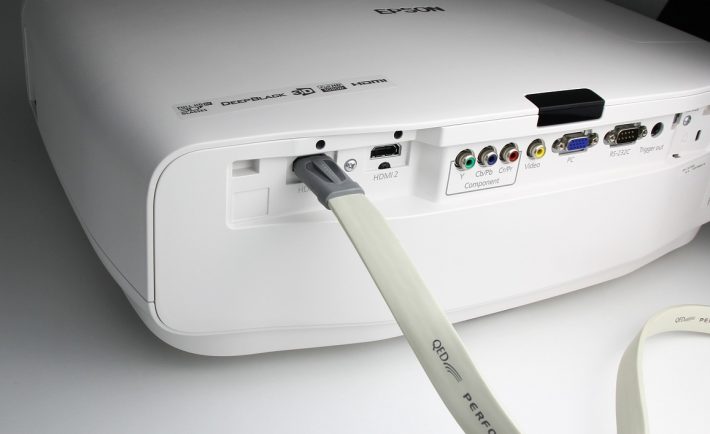
Whereas the importance of audio cables is often overlooked by many, they do play a vital role in sound design.
There are two types of audio cables:
- Unbalanced audio cables: This type of cable feature two wires: one is the hot wire that transmits the signals over shorter distances and is more prone to experiencing noise interference. The other is the shielding mesh wire, which is also referred to as the ground that acts as the signal’s zero point. This cable can be found in gadgets with an RCA connector, phono tip sleeve, or a mini-jack and is simple and affordable. Whereas some usually transit a stereo audio signals, many convey the mono audio signal.
- Balance audio cables: On the other hand, this type of cable has three wires and use either the tip ring sleeve (TRS) or XLR connection. They’re an excellent choice for transmitting sound through longer distances, and it does this through two wires rather than one wire, like the unbalanced audio cable. It also features a hot wire, cold wire, and a shielding ground wire mesh.
The presence of a cold wire allows the audio to arrive at the wire end, reversing itself, and then traveling through the other wire. As a result, any interference or external noise that would have otherwise hampered with the sound quality is removed. This makes the balanced audio an ideal choice as it can handle significant strain without compromising the audio quality.
Audio Interface
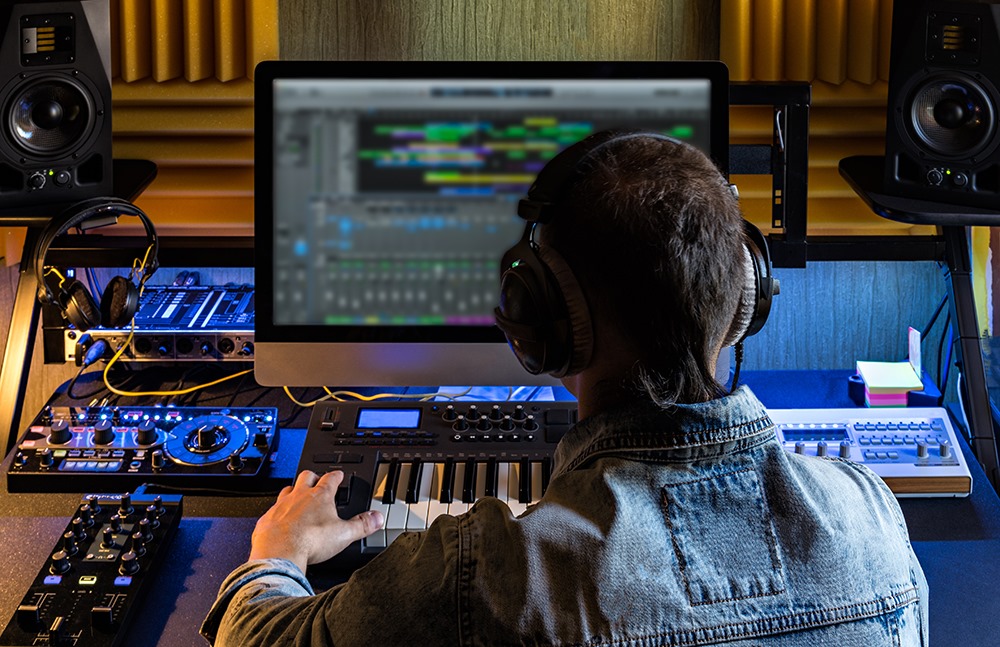
The first audio interface had two main roles to perform: transmit music into your computer while recording and conveying the signals from your compute during playback. Meanwhile, the modern versions possess many other features, including monitor management, DI boxes, digital conversion, headphone amps, and mic preamps. Therefore, this equipment acts as the link between the traditional analog audio and the digital sounds.
Having an audio interface is vital to translate any acoustic disturbance to become a digital file when performing live instrumentation. This allows the conversion of recordings done using analog instruments, like the guitar and piano, to the digital audio signal.
There are various affordable models in the market, ranging from as low as $300 with good sound quality. To pick a good audio interface, you need to consider the following:
- Price
- Sound quality
- Design
- Number of inputs and outputs
- Purpose
Though many people usually buy for professional use, some people have invested in the best audio interface for home use. Be sure to do your research on the available models in the market to get the perfect equipment.
Speakers
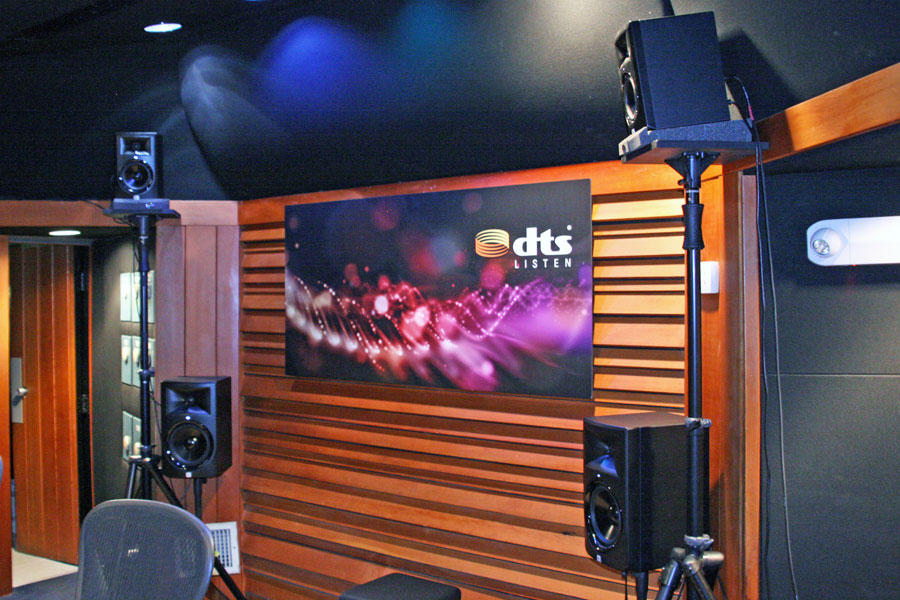
This is one of the most popular audio equipment that help you establish how good the quality audio is. Since they’re available in different price ranges as well as in different sizes, the choice of an ideal speaker varies depending on your needs.
Bottom Line
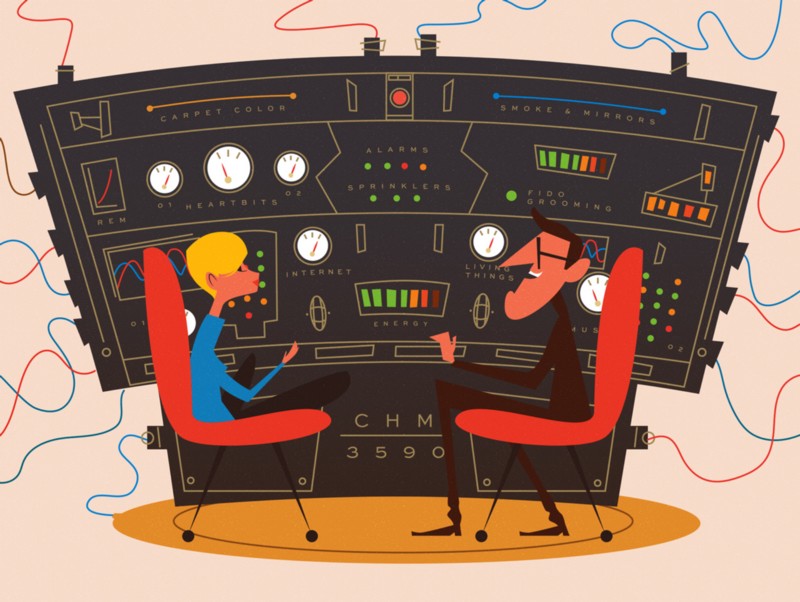
There are different types of audio equipment on the market, each of which serves a unique purpose. If you’re interested in open a studio or start a career in music, these are some of the critical equipment needed to achieve your goals.




